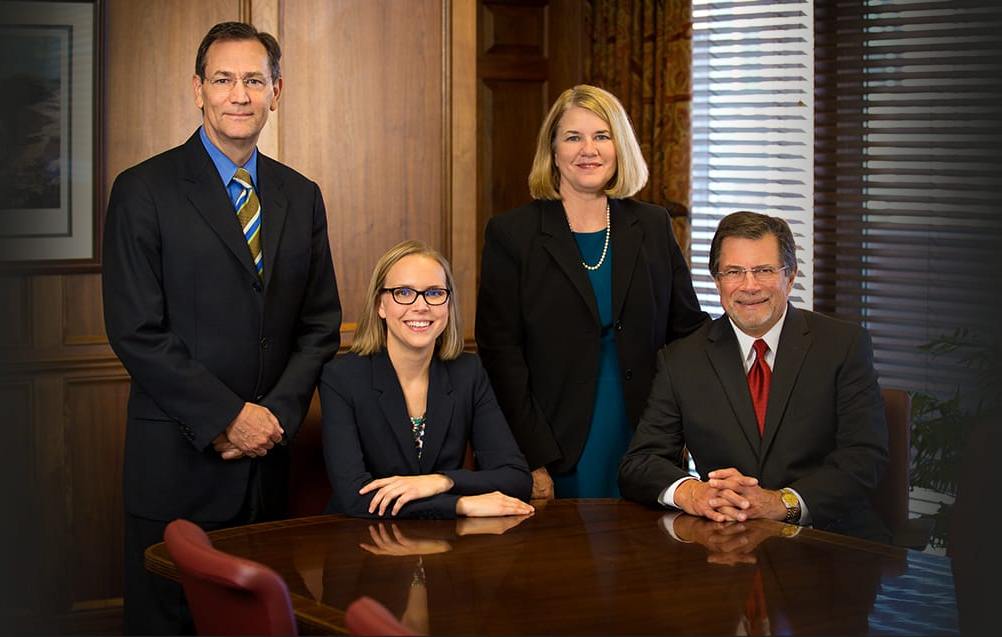Many Ohio residents probably own a car with a driver assistance system. The thing to remember is that the technology behind these systems is not perfect. Cameras and sensors may more easily pick up moving vehicles than parked vehicles, for instance. They may set a safe speed for drivers as long as they stay in their lane, but changing lanes may cause a “cut-out scenario” that confuses the sensors.
Several crashes have occurred because the cameras and sensors did not “see” an obstruction ahead and activate the automatic braking system. In 2016, a Florida man died when his Tesla Model S collided into the side of a big rig. On January 22, 2018, the same vehicle caused a driver in Culver City, California, to crash into the rear of a fire truck. No one was injured or killed.
What happened was that the Tesla Model S sped up when the vehicle in front changed lanes, hitting the fire truck at a speed of 31 mph. It gave a collision warning 0.49 seconds before impact.
The Insurance Institute for Highway Safety is clear about the benefits of automatic emergency braking: It can cut the rate of rear-end crashes by half. But its relationship with the semi-autonomous systems that Tesla is developing remains problematic, so driver involvement is still essential.
If a vehicle malfunction contributes to a crash, the driver may not be entirely to blame for it. In fact, he or she may file a product liability claim against the automaker. Crash victims, regardless of their position, may want to hire Columbus, Ohio, auto accident injuries compensation attorneys before filing their claim. The other side, be it an auto insurance company or an automaker, might oppose the claim, but a lawyer may help negotiate for a fair settlement.

